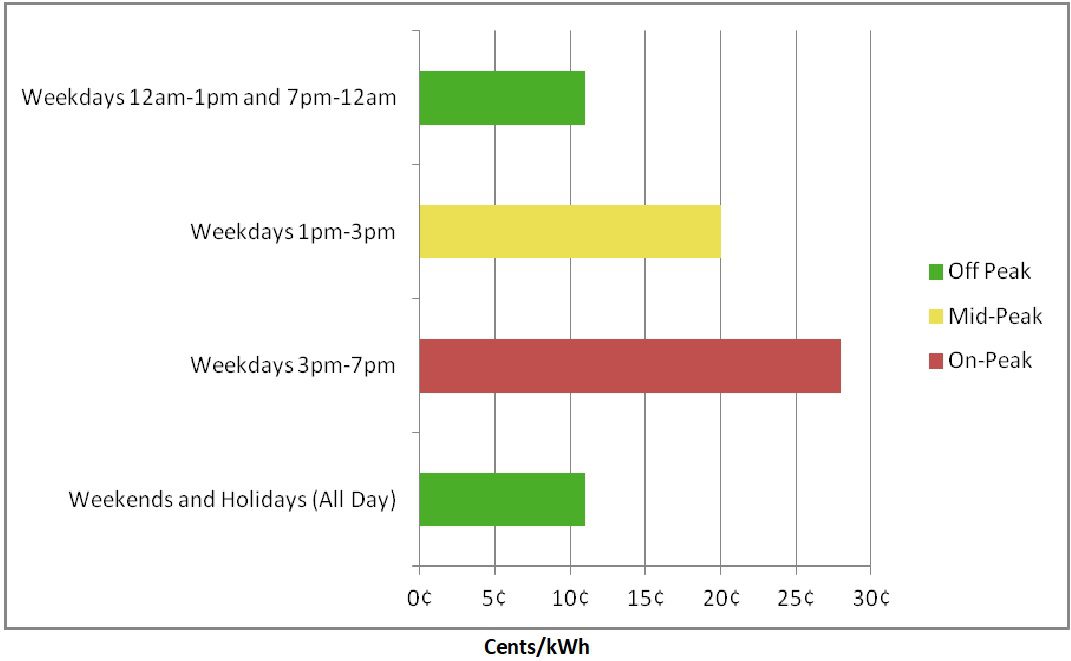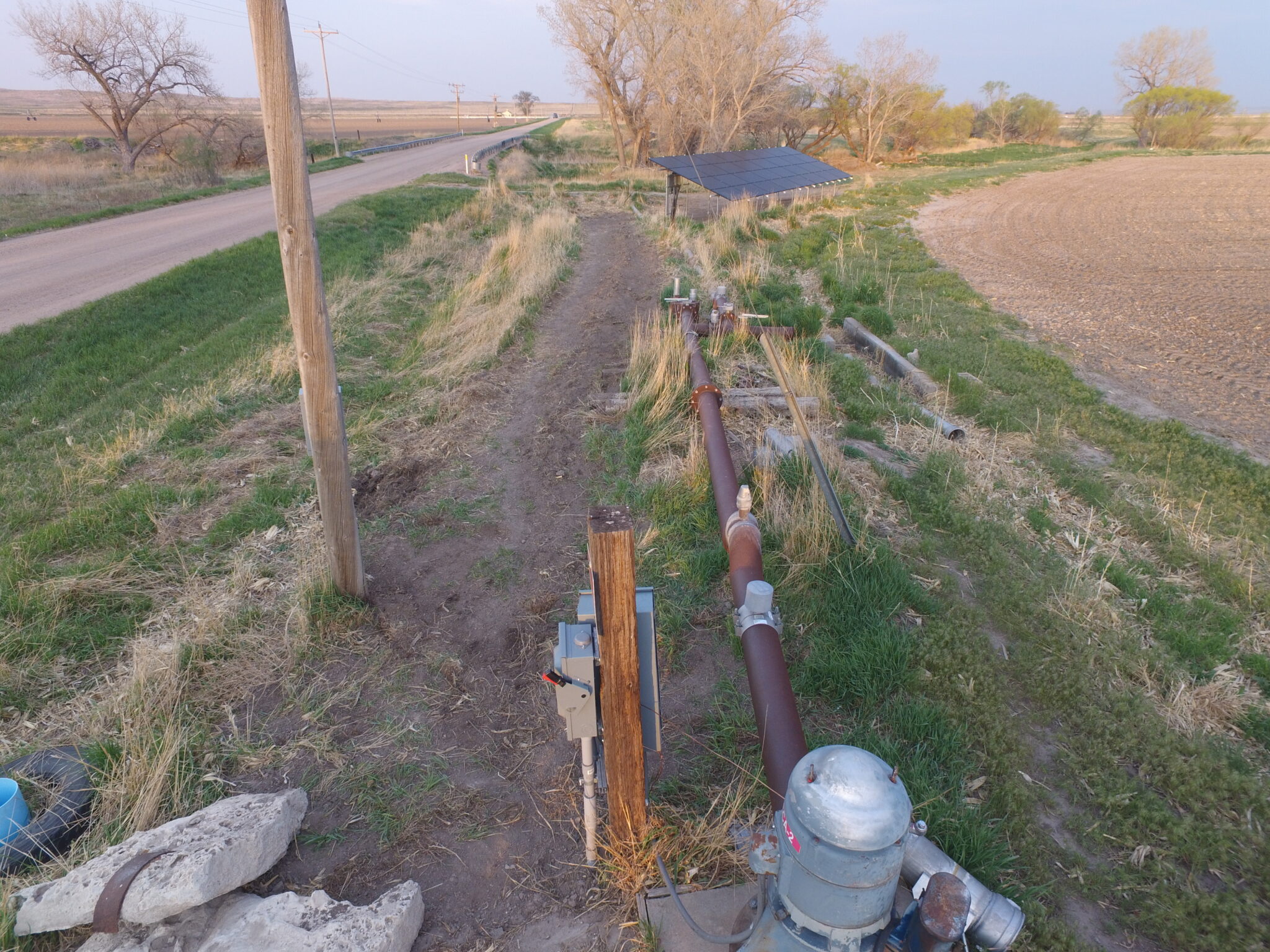
Are you interested in getting discounts on your solar energy system and storage? XCEL’s Solar Rewards program is now offering significant discounts for Income qualified and disproportionately impacted communities program for both solar systems and energy storage systems.
The Program:
For batteries, Xcel will pay for $800 per kW of equipment installed, or up to 80% of the equipment cost. In combination with the
30% federal tax credit, our customers are saving over 80% of the installed cost to add batteries to their solar system.
Xcel also has a program for solar energy systems without batteries that is expected to reopen in 2025. This program offers a discount of one dollar per watt installed for systems up to 7 kW. This means a discount up to 7000$ dollars! This utility rebate could cover over a quarter of total costs in addition to the federal 30% tax credit.
The
IQ/DIC program (Income Qualified or Disproportionately Impacted Community) is meant to offer access to clean renewable energy for both households that meet income requirements and communities that are most impacted by environmental health and social justice issues.
How to Qualify:
For the IQ/DIC program, customers must meet one of following criteria:
-
- The median household income is less than two times the federal poverty guideline
- The median household income is less than 80% of the area’s median income
- The customer may qualify under the income guidelines of Section 40-8.5-105, C.R.S. adopted by the Department of Human Services
- Live in a DIC community
The Disproportionately Impacted Communities criteria are defined by
Colorado EnviroScreen: an environmental justice mapping tool. This program was developed for
the Colorado Department of Public Health. The map identifies geographic areas with poor quality of air and water, vulnerability to natural disasters increased by climate change, in close proximity to heavily polluting industries, and higher prevalence of certain diseases likely impacted by these factors.
To find out if you reside in a disproportionately impacted community, you can use the
EnviroScreen mapping tool. All addresses located in areas with an EnviroScreen score in the top 20 percent are eligible for these discounts. You can simply type in your address and check if you live in an area with diagonal lines on the map. A significant portion of Xcel territory falls within these areas.
Are you ready to contribute to a sustainable electric grid while earning significant incentives? Xcel’s new
Renewable Battery Connect program offers an opportunity for homeowners and small businesses to contribute to a reliable power grid by installing batteries at a largely discounted price. With this program, Xcel will pay for $500 per kW of equipment installed, up to 50% of the equipment cost. In combination with the
30% federal tax credit,
10% state tax Credit, some customers are saving up to 80% of the installed cost to add batteries to their solar system. Income qualified customers can also take advantage of an additional $300 per kW, which can mean a completely paid for battery for them!
In return for the XCEL rebate, the customer agrees to allow Xcel Energy to discharge the battery up to 60% of its capacity, up to 60 times per year. This leaves the battery 100% available for customer use over 300 days a year. Both
Tesla and
SolarEdge batteries are eligible for the program.
There are many advantages to installing battery backup with solar:
- Energy independence: Batteries allow you to store excess solar energy generated during the day and use them when solar energy is not available. This reduces reliance on the electrical grid and creates a small microgrid to support each household.
- Financial savings: Batteries allow you to take advantage of XCEL’s Time of Use rates by charging your battery with solar during the day discharging the battery during peak rates during the evening. The system is programmed to automatically power your loads during these hours of higher electricity rates.
- Environmental impact: Batteries allow solar energy to be used when there is no longer sun, reducing use of fossil fuels during these hours and lowering carbon footprints. Batteries reduce the strain on the grid caused by massive inputs of solar energy during the day and increased demand during evening hours when there is no longer sun. The battery connect program further supports the grid by allowing the grid to use customer’s battery power for support during moments of high instability. This comes at a small cost to the customer, as the battery will be 100% available to them more than 300 days a year.
- Increased resilience: While solar energy alone cannot be used during power outages due to safety concerns, battery equipment provides the isolation needed to allow your solar to be used during power outages and grid failures, and can recharge the battery during prolonged grid outages.
Traditionally, the biggest obstacle to including batteries in a solar system is cost. However with this program, they can be installed at incredibly discounted rates.
By participating in Renewable Battery Connect, you’re not only optimizing your solar energy usage but also contributing to a sustainable and reliable electric grid.
Get an estimate today and start making a positive impact on your community.

Are you looking for ways to save on your electricity bill? The team at Golden Solar Electric is here to help you find more ways to save. All you need is an AMI meter, also referred to as a smart meter, which the majority of XCEL customers possess. One of the easiest ways to save money is by using your electricity during off-peak hours. Off-peak hours is any time before 1pm and after 7pm during the week, and all day on weekends and holidays. This gives you 18 hours in a day to run your appliances at the lowest cost. If running your appliances around these times is inconvenient for you, you can also use electricity in the mid-peak window, which will still save you some money vs. peak rates. Mid-peak hours are from 1pm-3pm and are the next best option outside of the 18 hour window for the off-peak hours. Shifting your usage can save up to 17 cents per kilowatt hour in the summer months (which is over a 60% savings per kilowatt hour!). If you use more electricity during peak-hours, which is from 3pm-7pm, you may be spending up to 28 cents per kilowatt hour used. In addition to this, weekends and holidays will be treated as off-peak hours. So if you are unable to do this during off-peak during the week, you can always wait until the weekend to run your heavy appliances and take advantage of the off-peak being applied to weekends. XCEL also provides a break down on your bill for when you were pulling power from the grid and tells you how often you are consuming during off-peak, mid-peak and on-peak. XCEL Energy has a detailed summary of what and when the different peak hours are. If you want to learn more about it, click the following links.
XCEL Time of Use Billing Info and
XCEL Solar TOU FAQ

Here is a link to a useful seminar from the University of Nebraska’s Center for Agricultural Profitability. It covers the economics of solar in rural areas especially where electrical coops are the electricity providers. It is worth watching if you own a farm or ranch where food is produced or have a business in a rural area.
Economics of Behind-the-Meter On-Farm Solar Electric Systems (May 11, 2023 Webinar) | Center for Agricultural Profitability (unl.edu)
They recommend solar that covers no more than about 75% of your usage on a meter, because of the lower value of solar electricity sent to the grid. But in Colorado, especially where there are electrical coops, such as Highline Electric Association (https://www.hea.coop), which charge mainly on the basis of kilowatt hours used, and not so much for peak demand, getting systems that are designed for up to 100% of usage to even 120% of usage works well, particularly on pivot and other irrigations systems where almost all the electrical usage is during the irrigation season. Some use outside of the irrigation season such as for grain dryers can improve the economics of solar electric systems, even more.
The most important things that improve the economics of photovoltaic systems are two features of the Inflation Reduction Act passed in 2021. The biggest one is that Rural Energy for America (REAP) grants now can be used to cover 50% of the cost for solar for agricultural production and/or for any rural businesses. That is up from 25% from earlier years. The other feature is that the tax credit available to help cover the cost is back up to 30%, and this can even be 40% when the materials used in the installation are domestically produced, although the IRS guidelines to get this 10% bonus are not yet available. And that tax credit can now be refundable. (Ask your tax preparer for details on this.)
So between the tax credit and the Department of Agriculture grants, 80% of the cost of solar electric systems installed to make electricity used for agricultural production or for rural businesses are covered by incentives. This puts return on investment in photovoltaic systems for farms and ranches and for rural businesses in the 20% range with paybacks of 5 years or less.

Started back in 2005, the popular Solar Investment Tax Credit (ITC) would have dropped from 26 percent to 22 percent this year, and then eliminated altogether. But Congress has just agreed to extend it for four more years on residential installations, and permanently on commercial installations. Used to offset the cost of installing solar electric systems on a home or business, the ITC allows property owners to install a renewable solar energy system on their home that will typically pay for itself in seven years. Because solar panels have warranties of 25 years or more, a solar energy installation can insulate you and your energy bills from the ups and downs of the economy for years to come.
From the new legislation, a solar electric system installed on your home will get a dollar for dollar ITC in years 2021 and 2022 at 26 percent, an ITC of 22 percent in year 2023, and an ITC of 10 percent in year 2023. Commercial installations follow the same step down schedule, but will continue to claim the 10 percent ITC through 2025 and beyond.
For more information on solar installation incentives at your location, see:
https://www.dsireusa.org/
For more information about solar interconnection in Xcel Energy service area, see:
https://www.xcelenergy.com/programs_and_rebates/














